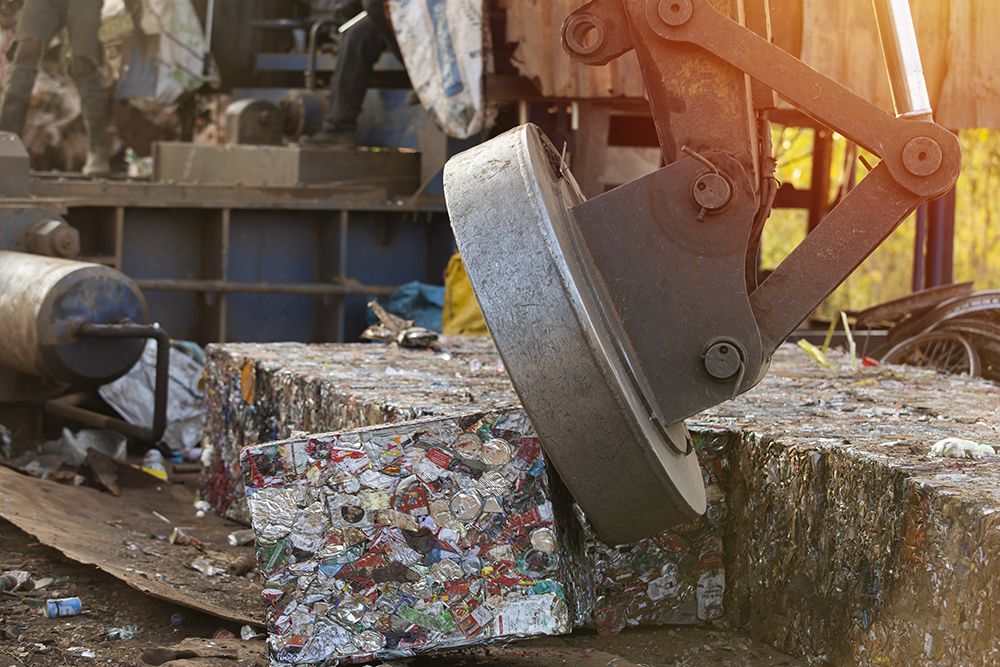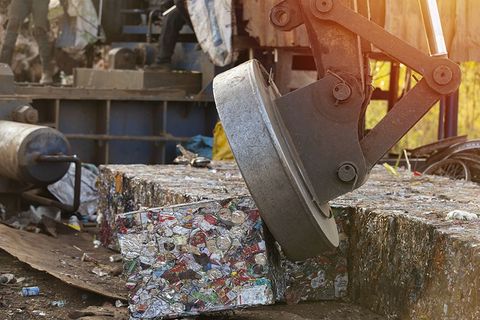Industrial Magnets: A Comprehensive Guide
Industrial magnets are magnets designed for heavy-duty applications beyond consumer or decorative use. They include both permanent magnets (those that retain magnetization) and electromagnets (which require electricity or current to generate magnetic force). Common materials include ferrite, alnico, rare-earth alloys (like neodymium-iron-boron), samarium-cobalt, etc.
Uses of industrial magnets span many fields:

-
Electric motors and generators
-
Sensors and actuators
-
Magnetic separation in recycling or mining
-
Holding, lifting, and clamping in manufacturing equipment
-
Magnetic bearings and levitation systems
They exist because many industrial and technological processes depend on magnetic forces, either to create motion, control parts, sort materials, or sense presence without contact.
Why Industrial Magnets Matter Today: Who They Affect and What Problems They Help Solve
Industrial magnets are increasingly important due to several global trends and needs:
-
Electrification and renewable energy: Electric vehicles, wind turbines, and other clean-energy devices rely on powerful permanent magnets for efficiency.
-
Efficiency and miniaturization: Industries require smaller, lighter, and more efficient motors, which high-performance magnets enable.
-
Resource constraints and supply chains: Rare earth materials are concentrated in specific regions, leading to supply risks and price volatility.
-
Industrial automation and manufacturing: Automated sorting, conveyors, and lifting systems benefit from strong magnets.
-
Environmental and recycling applications: Magnets help in metal separation during recycling and in mining operations.
Key stakeholders include engineers, manufacturers, policymakers, supply-chain managers, and materials scientists. Problems solved by industrial magnets include reducing energy loss, enabling electric mobility, improving automation, and enhancing recycling processes.
Recent Updates and Trends (Last Year)
| Update | What Happened | Implications |
|---|---|---|
| Export restrictions by major suppliers | Licensing requirements and trade restrictions affected global rare earth supplies. | Industries like EVs and electronics faced supply delays and risks. |
| India’s rising import dependence | Imports of permanent magnets nearly doubled in 2024–25, with over 90% from one source country. | Highlights strategic vulnerability and reliance on external suppliers. |
| Domestic production initiatives | Incentive programs, industry-academia partnerships, and local production plans have been announced. | Aim is to secure supply and reduce dependence. |
| Certification requirements | Importers needed end-use certificates to ensure compliance for rare earth magnet shipments. | Allowed imports to resume under stricter oversight. |
Research is also accelerating into rare-earth-free magnets and recycling methods to recover magnet materials from retired devices.
Laws, Policies, and Regulations Affecting Industrial Magnets
Safety and Product Standards
-
The United States and other jurisdictions have safety standards for magnets, especially those that could pose ingestion risks.
-
Industry standards such as ASTM and ISO define material properties, testing methods, and performance requirements.
Trade and Import/Export Rules
-
Export restrictions in certain countries require licenses and declarations.
-
India has introduced fiscal incentives for domestic magnet production and applies customs classifications under HS Code 8505 for magnets.
-
Importers may need compliance certificates, including end-use declarations, for sensitive materials.
Environmental and Workplace Safety
-
Magnet production involves mining and chemical processing, regulated under environmental protection laws.
-
Worker safety requirements cover handling strong magnets, exposure to fields, and chemical risks.
-
Occupational safety codes govern magnet manufacturing facilities.
Tools and Resources
Helpful tools and resources related to industrial magnets include:
-
Standards bodies: ASTM, ISO, and IEC for specifications and testing methods.
-
Flux index calculators: Used for compliance testing and safety evaluation.
-
Materials databases: Listing properties like coercivity, magnetic strength, and corrosion resistance.
-
Research institutions: Public laboratories and universities working on magnet technology and rare earth alternatives.
-
Trade data tools: Customs and tariff resources for tracking imports and exports.
-
Government policy documents: Incentive schemes and regulatory guidelines.
-
Safety guidelines: Best practices for handling, storage, and transport of high-strength magnets.
-
Industry monitoring tools: News updates and trade bulletins to follow market and regulatory changes.
Frequently Asked Questions
What are rare-earth magnets and why are they important?
Rare-earth magnets such as neodymium-iron-boron and samarium-cobalt are extremely strong and compact, making them essential for high-performance motors, electronics, and renewable energy systems.
What risks come from dependence on imports of magnet materials?
Risks include supply chain disruptions, geopolitical restrictions, fluctuating prices, and environmental concerns linked to mining and refining.
Do industrial magnets lose strength over time?
Yes. Magnets can weaken if exposed to high temperatures, corrosion, mechanical stress, or opposing magnetic fields. Protective coatings and proper handling extend their lifespan.
Which regulations apply when manufacturing or importing magnets?
These include customs classifications, trade licensing, safety standards for consumer products, and environmental or occupational safety regulations.
Are there alternatives to rare-earth magnets?
Alternatives include ferrite magnets, rare-earth-reduced designs, electromagnets, and recycled magnet materials, though performance may vary.
Conclusion
Industrial magnets are vital to modern technology, enabling efficiency, precision, and compact design in industries from electric vehicles to renewable energy.
Recent supply chain disruptions and trade restrictions have highlighted the strategic importance of magnets, especially for countries reliant on imports. Governments and industries are working to expand domestic production, encourage recycling, and research alternatives.
Going forward, balancing technological performance, supply security, and regulatory compliance will be key. Industrial magnets may be invisible in everyday life, but their role in driving industrial and technological progress continues to grow.







